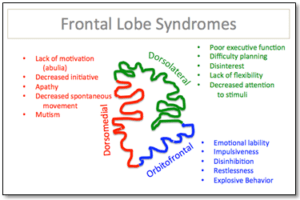
There are three classically characterized syndromes that result from damage to the frontal lobes. Read more »
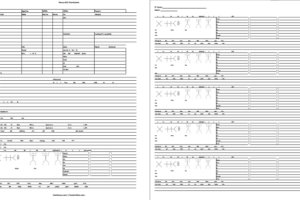
Designed for residents, fellows and medical students working in the neuro-ICU, this rounding worksheet helps you track important events in a patient’s clinical course and be prepared for rounds. Read more »
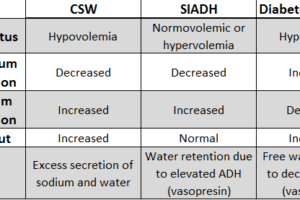
Both cerebral salt wasting and SIADH (sometimes both together) are commonly found in patients with intracranial hemorrhages. Differentiating between the two has important clinical implications, since the interventions are different for each... Read more »
Dysautonomia occurs in about a quarter (10% to 35%) of traumatic brain injury patients. TBI dysautonomia is characterized by a varible combination of signs ymptoms including tachycardia, hypertension (or hypotension), muscle rigidity, extensor posturing,... Read more »
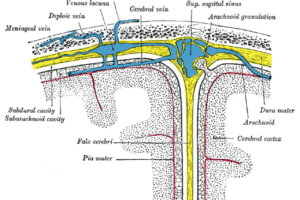
The meninges are made up of three layers (dura mater, arachnoid, and pia mater) that enclose the central nervous system. Working with the cerebrospinal fluid, they function to cushion and nourish the... Read more »
The causes of spinal cord narrowing and root compression are disk protrusion or narrowing, osteotic overgrowth, and vertebral shifting in the form of spondylolisthesis. Spinal stenosis is a specific term that refers... Read more »
Cervical radiculopathy describes mechanical nerve root compression or intense inflammation, i.e, chemical radiculitis, that affects nerve roots as they exit the spinal foramen. Loss of disc height through aging and age-related foraminal... Read more »
Compression of the neurovascular structures at the opening into the upper thorax is called thoracic outlet syndrome (TOS). There are 3 narrow passageways within the route of the nerves from the brachial... Read more »
Roughly 10% of Americans will get neck pain at some time in their lives. The causes of neck pain include degenerative processes, compression of neural structures, inflammatory, infection, tumors, disruption of resting... Read more »

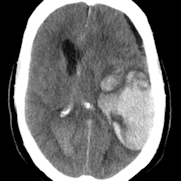 Neurotrauma topics covering TBI, concussions, and spine and skull abnormalities requiring surgical evaluation.
Neurotrauma topics covering TBI, concussions, and spine and skull abnormalities requiring surgical evaluation.